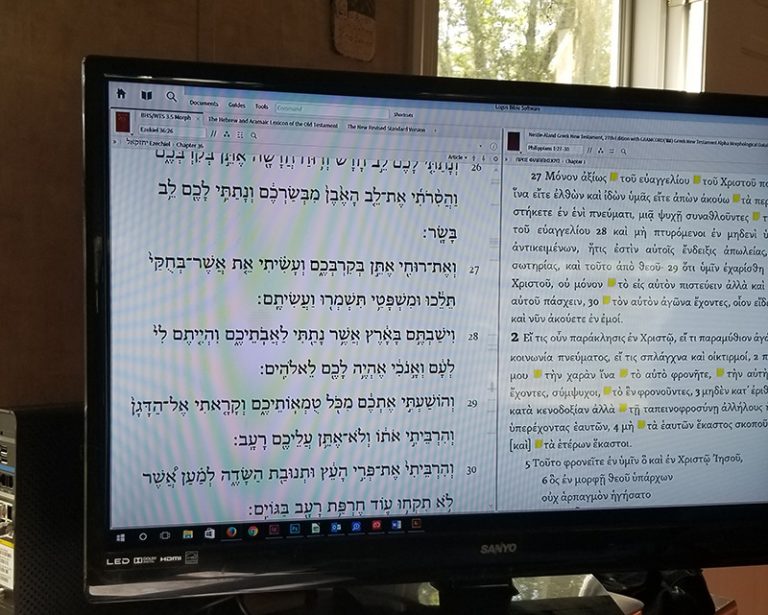Genesis 2:15-17: Nature and Duration of Evil
This is a short note on some implications of evil based on a reading of Genesis 2:15-17, which is the first mention of anything even potentially out of order with God’s wonderful new world.
I’ve heard hundreds of arguments in church, including the question of why God would put just one tree in the garden and then tell the first couple not to eat. Why put such temptation in front of inexperienced people? These extend even to asking what type of fruit it was that the tree bore. Those seem to me to miss the point. There was a possibility to do wrong. When one combines the concepts “choice” and “good” the possibility of a choice that is not-good, or bad, is implied.
Here are a few quick points:
- Potential evil was clearly part of the creation plan.
The presence of the tree indicates options, and it is the tree of the knowledge (perhaps experiential knowledge) of that evil, so it suggests that there were many options, or at least more than one, for making wrong choices. This also argues in favor of a completely symbolic understanding of the tree. Whatever it is that Adam and Eve did, it was not a matter of eating fruit arbitrarily forbidden to them. - Death was already either known or theoretically knowable.
If nobody has died, or the nature of death is not known, what is the value of a death sentence. If physical death already existed, then it is not by nature evil. Either some spiritual death, or a specific hold of death (Hebrews 2:14-15) such as fear, is meant by the threat. - A broad range of possible good choices exist/existed.
There are many trees, but only one forbidden. Good may be more diverse than we have often thought.
It seems to me that some of the most literalistic interpretations of Genesis may result from not reading the text all that carefully, and passing over the difficulties of one’s point of view.

